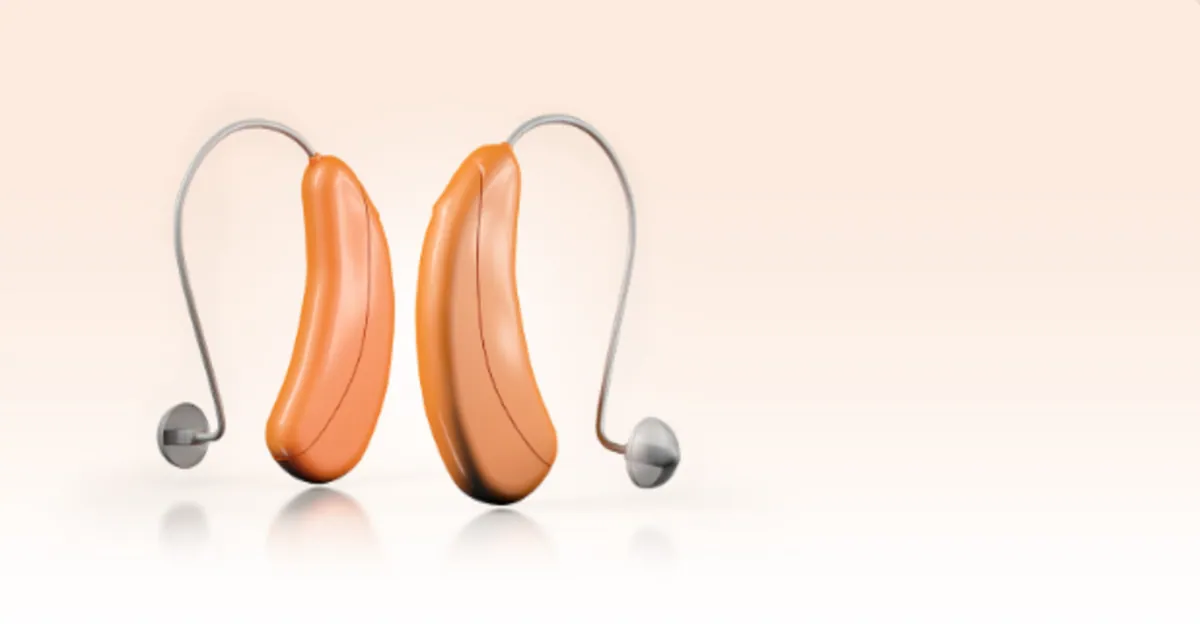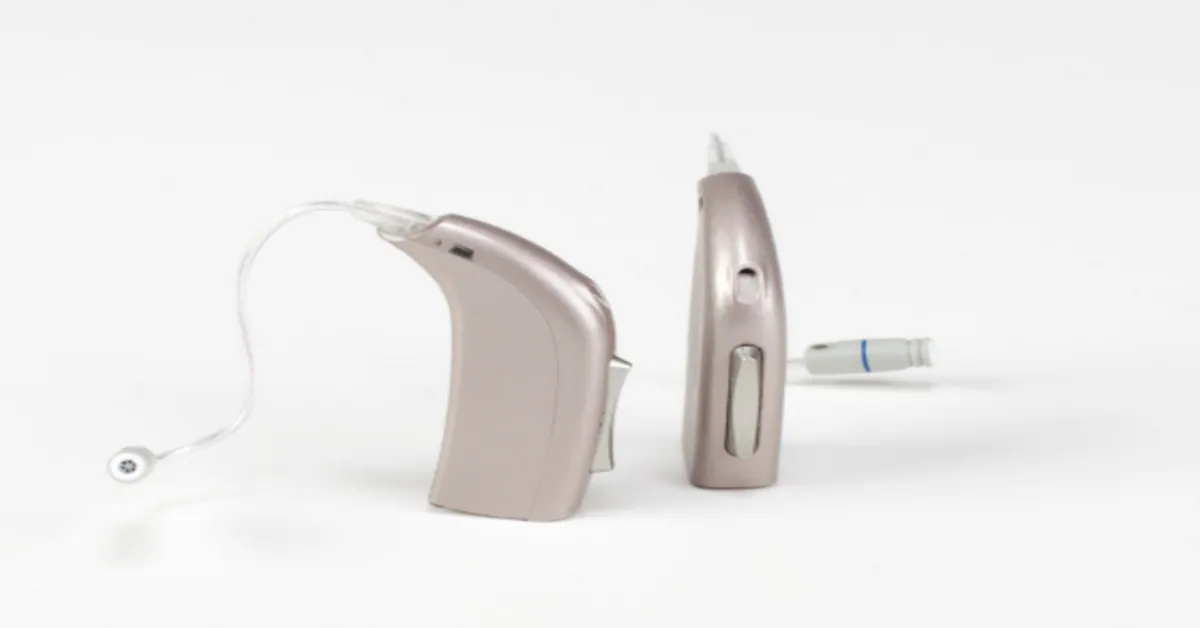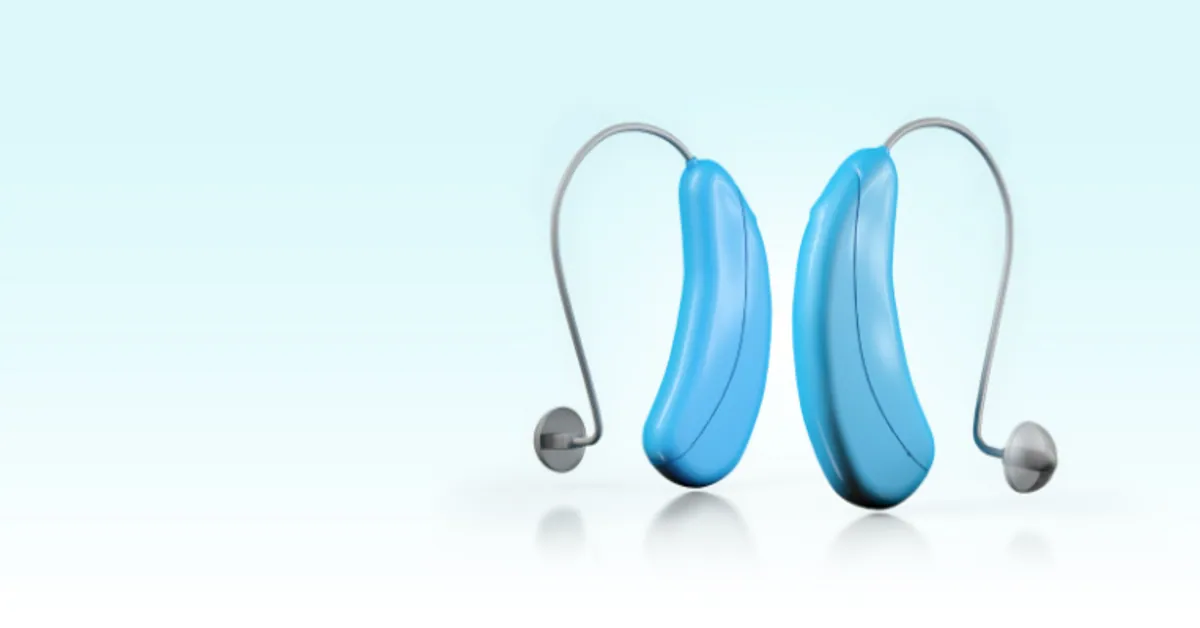Hearing aids are essential for those who suffer hearing loss in order to improve communication and quality of life. There are many different types of hearing aids, and each is designed to meet a certain set of needs and preferences. In this article, we will look at and learn about the different types of hearing aids from Behind-the-Ear (BTE) to Completely-in-Canal (CIC) and their unique features.
BTE (behind-the-ear) Hearing Devices
One of the most popular styles of hearing aids is the BTE model. They are attached to an ear mold that rests inside the outer ear and is positioned behind the ear. BTE hearing aids can treat hearing loss at all sensitivity levels, from mild to severe, and are appropriate for users of all ages. Among the essential elements are:
Durability: BTE hearing aids are robust and can withstand daily wear and tear.
Power: They have sufficient power to help people who have profound hearing loss.
Comfort: An individualized fit for the ear mold is possible.
Receiver-in-Canal (RIC) Hearing Aids
Though smaller and more hidden, RIC hearing aids resemble BTE aides. A small wire connects the receiver, also known as the speaker, to the main body behind the ear from inside the ear canal. RIC hearing aid advantages include:
Discreetness: Compared to conventional BTE aids, smaller and less obvious.
Sound Quality: Since the receiver is nearer the eardrum, it frequently produces clearer sound.
Comfort: Easy to wear and lightweight.
In-the-Ear (ITE) Hearing Aids
Hearing aids made by ITE fit entirely inside the outer ear. They are custom-made to fit the contour of your ear, making them comfy and secure. Hearing loss ranging from mild to severe is appropriate for ITE hearing aids. Among their benefits are:
Ease of Use: Larger than some other varieties, making them easier to handle and adjust.
Power: Capable of handling various degrees of hearing loss.
Custom Fit: Designed to precisely fit the contour of your ear.
In-the-Canal (ITC) Hearing Aids
ITC hearing aids partially fit in the ear canal and are smaller than ITE aids. For people with mild to moderate hearing loss, they provide a more discrete solution because they are custom-made. ITC hearing aid advantages include:
Discreetness: Less visible than ITE aids.
Comfort: For optimal comfort, get a custom fit.
Natural Sound: By sitting further within the ear canal, you may produce a more natural sound experience.
Completely-in-Canal (CIC) Hearing Aids
One of the smallest models of hearing aids on the market is the CIC model. They are virtually invisible since they completely fit into the ear canal.The ideal candidates for CIC hearing aids have mild to moderate hearing loss. Their notable characteristics are:
Invisibility: Very discreet and hard to see when worn.
Sound Quality: By being near the eardrum, natural sound is produced.
Comfort: Tailored for a comfortable fit.
Choosing the Right Hearing Aid
See a Professional: Schedule an appointment with an audiologist to have your hearing evaluated and to receive expert guidance on the best kind of hearing aid for you.
Consult a Professional: Visit an audiologist to assess your hearing and get professional advice on the best type of hearing aid for you.
Consider Your Lifestyle: Select a hearing aid that best suits your needs by considering the things you do every day. For instance, a robust and water-resistant BTE aid can be appropriate if you have a busy lifestyle.
Try before you use: Many companies that sell hearing aids allow trial times. Use this opportunity to make sure the hearing aid fits your needs and is comfortable.
Last Note
Hearing aids come in various styles and sizes, each designed to help improve hearing and communication. Everyone can find the right hearing aid, ranging from the strong BTE devices to the almost imperceptible CIC aides. Finding the ideal hearing aid to improve your quality of life can be accomplished by speaking with an audiologist and taking your lifestyle into account.





